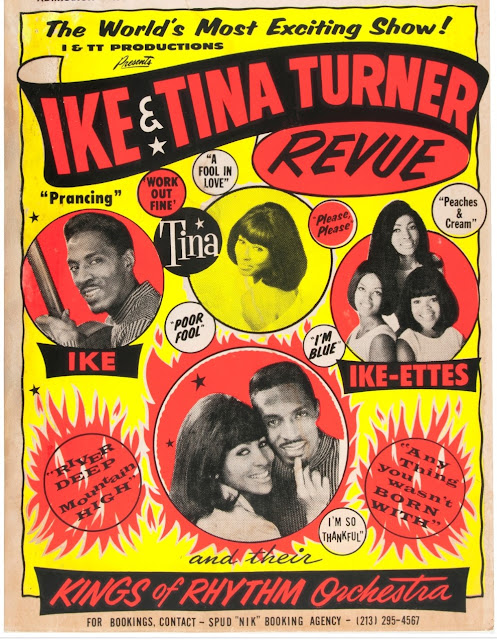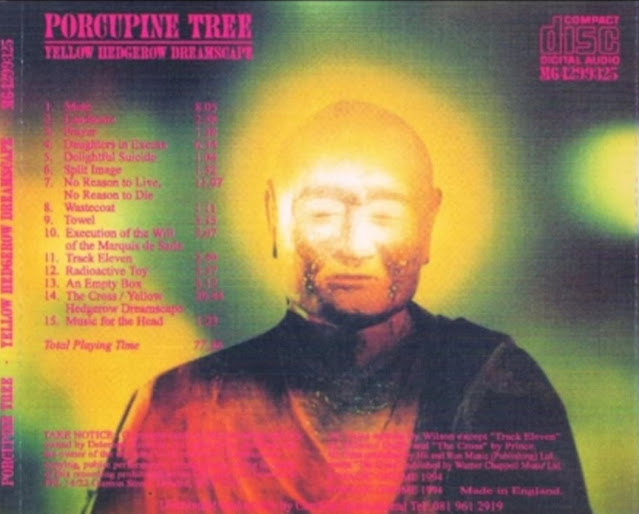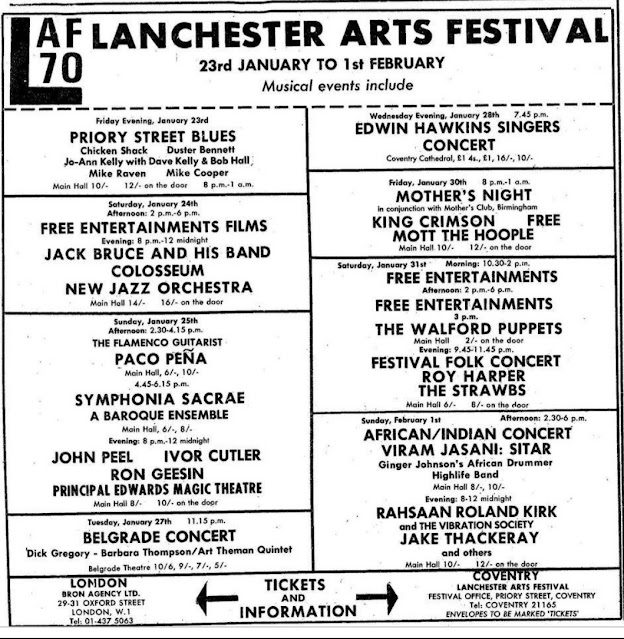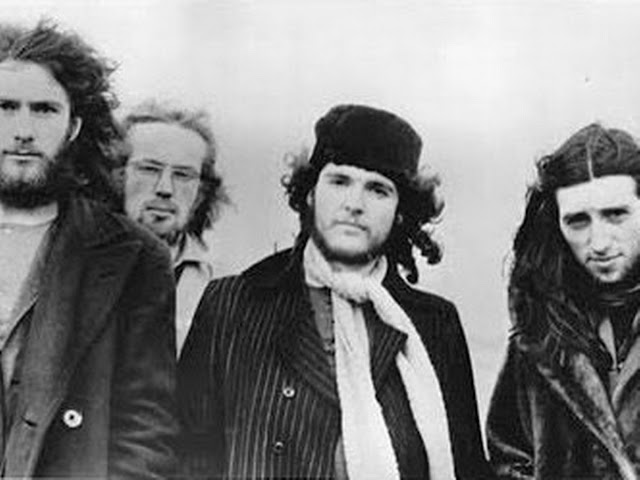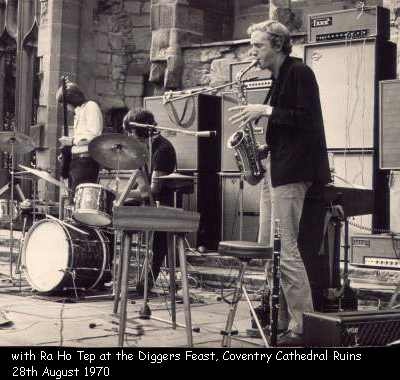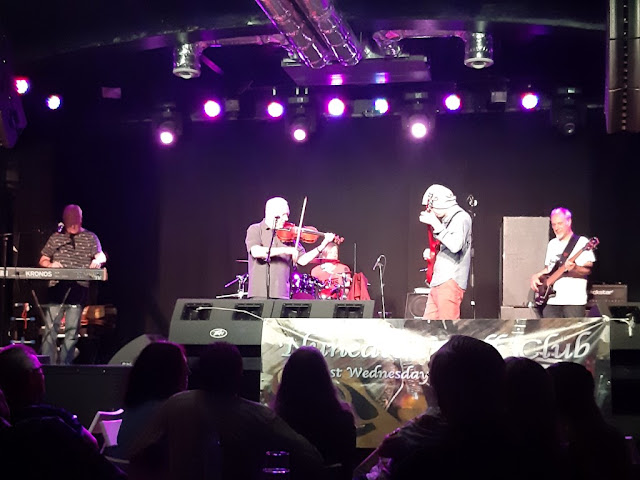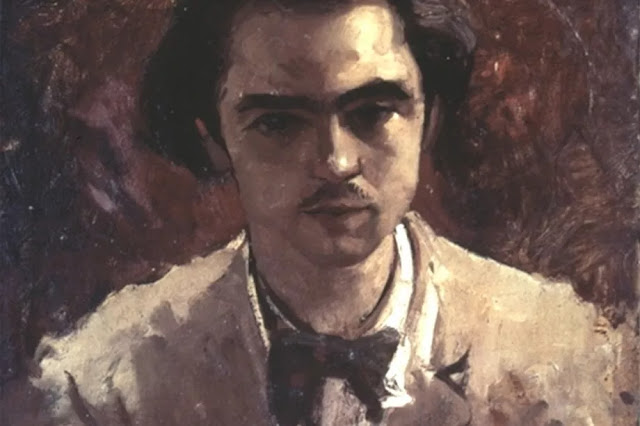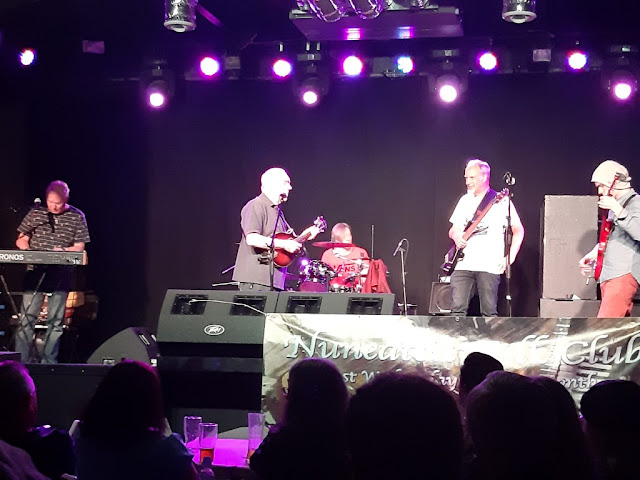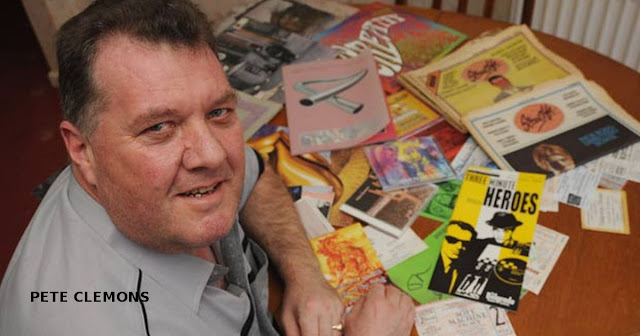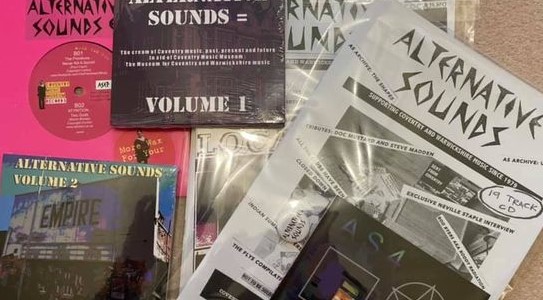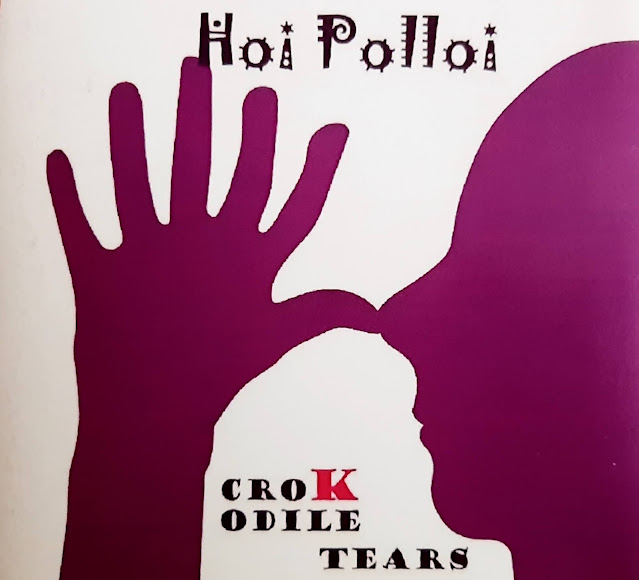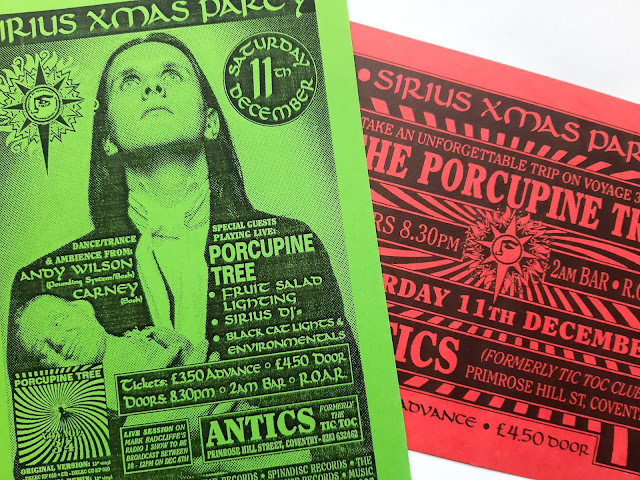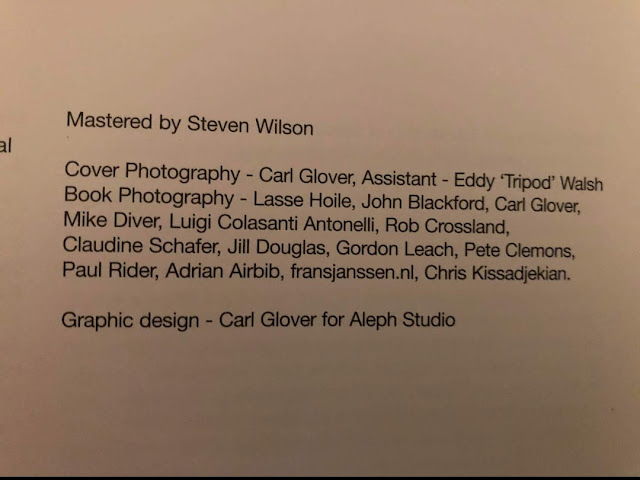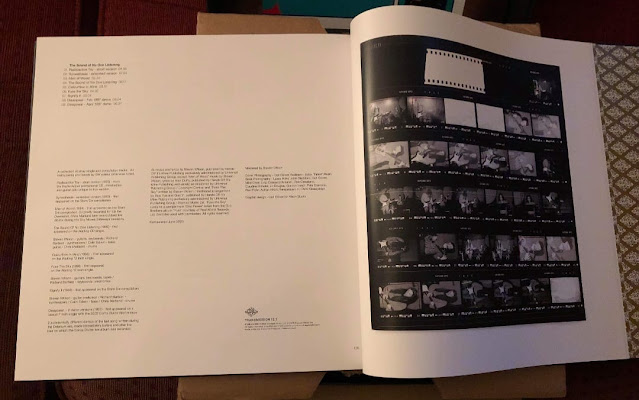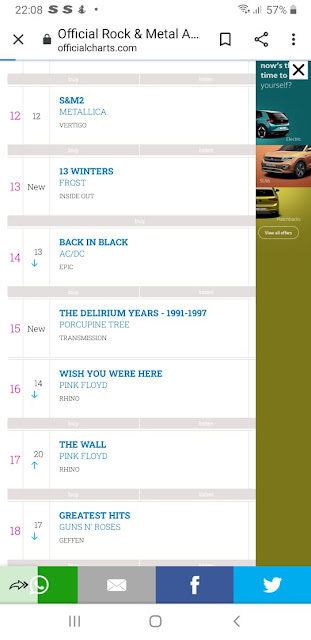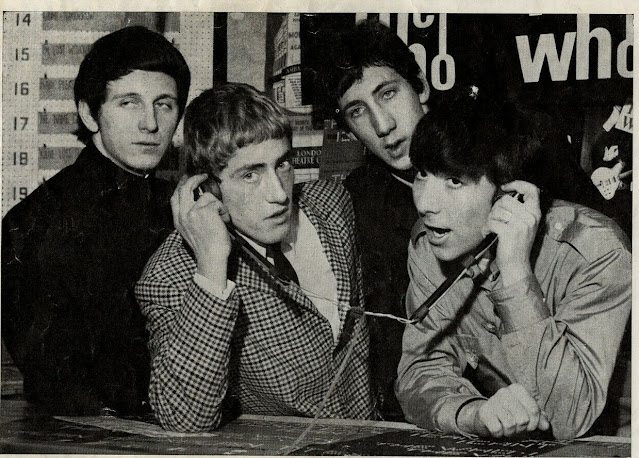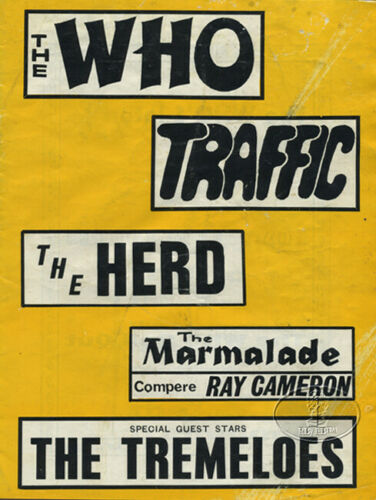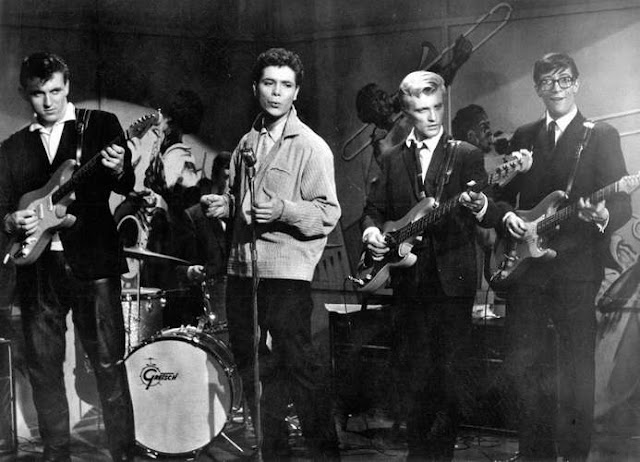THE SHADOWS
By Pete Clemons
The Shadows were, primarily, an instrumental group whose sound would influence a generation. Not only through their guitar sound but they introduced pop music to serious instrumental music. The band formed during 1958 as The Drifters and as a backing group for Cliff Richard. But then, during 1959, they emerged from Cliff’s shadow and, ultimately, set the template for British guitar groups. But, by 1964, The Shadows kind of got swept aside.
2020 has seen The Shadows distinctive and much loved single, Apache, pass 60 years since being recorded. It also saw the loss of one time local resident and one time Shadows bass player Brian ‘Licorice’ Locking.
It was 1956 and Hank Marvin (born Brian Rankin) and Bruce Welch (born Bruce Cripps) were still at school in Newcastle upon Tyne. Like a lot of teenagers back then the pair had been influenced by rock n roll. A group had formed at that school and that was where Bruce and Hank came together.
The group they had formed played skiffle and were called The Railroaders. The Railroaders entered a national skiffle contest during 1958. They managed to get to the finals in London, held during April of that year, where they really began to fancy their chances of winning. It wasn’t to be, as they came third.
But Hank and Bruce felt that they had dream to fulfil and the pair stayed in London while the rest of The Railroaders went home. The final had been on a Sunday night and by now it was 9pm and the pair had nowhere to stay. They had tried to sleep in the theatre but the theatre manager rang a friend, coincidentally a Geordie lady who rang a guest house. She put the pair up for night. But that one night turned into 6 months.
The pair were 16 years old and Hank and Bruce paid their way in London by playing in coffee bars particularly the 2i’s in Soho. Also playing there at that time were drummers Brian Bennett and Tony Meehan and bass players Brian ‘Licorice’ Locking and Jet Harris. Together they would get up and jam instrumental music without realising what was about to happen and what the near future had in store.
In 1958 Cliff Richard was man of moment having reached number 2 with his hit record ‘Move It’. A tour was about to start and Cliffs manager, Johnny Foster, wanted a band, in particular guitar players. Such was its reputation that the 2i’s was the obvious place to visit. Hank was first to be recruited but he then recommended Bruce who was also signed up. Almost immediately the pair were off to a tailors in Dean Street, London to be fitted for suits. And then it was off to rehearsals at Cliff’s parents living room. From the start, according to Cliff, they all got on really well.
Hank and Bruce officially joined up during October 1958 and together with guitarist Ian Samwell and drummer Terry Smart hit the road as The Drifters on a 21 night tour where they slept in theatres and the tour van. It was during this tour that Hank and Bruce would return to Newcastle for the first time since leaving for that skiffle final. They played the cities famous City Hall. I cannot find any evidence of Cliff and the Drifters appearing in Coventry during this first tour but they certainly did during 1959.
After their second tour the band returned to London and Samwell and Smart left The Drifters. So it was back to the 2i’s where, this time, Jet Harris and Tony Meehan were recruited toward the end of January 1959.
Cliff Richard was something of a perfectionist and wanted the best in equipment for himself and the band. During March 1959 Cliff bought what is believed to be first Fender Stratocaster guitar into the country. The guitar cost 140 guineas and was red because they knew Buddy Holly had played an exact same model. Nowadays that guitar is in the possession of Bruce Welch. But it gave Hank Marvin the opportunity to experiment on it, and learn what would become, some cutting edge sounds. The guitars ‘whammy bar’ played a big part in these newly discovered methods of playing.
‘Living Doll’ was the next single scheduled for Cliff Richard. It was originally intended as an orchestral production but Hank and Bruce had other ideas and added its rock and roll feel.
Cliff Richard, recognising the talent within The Drifters, talked his management into giving his backing group their own contract. A couple of the early Drifters records contained vocals and fell a bit flat. They also tried to release a record in the USA until it was stopped by legal action taken out by the American vocal group of the same name.
So The Drifters had to come up with new name. It was Jet Harris who apparently came up with The Shadows in reference to always being in Cliff’s shadow. So by July 1959, and now with their new name, the band reverted back to instrumentals. Inspired by Jerry Lordan who introduced them to part of the sound The Shadows recorded ‘Apache’ at studio 2 in Abbey Road. At the time of its recording the tune didn’t have an intro so, when they found one, Cliff Richard stepped in to play it on Chinese drum.
Cliff Richard’s own release, ‘Please Don’t Tease’ was at number 1 when ‘Apache’ was released during July 1960. ‘Apache’ entered the chart at 19 and famously knocked ‘Please Don’t Tease’ off its top spot. ‘Apache’ stayed at number 1 for 5 weeks. It was a huge moment as it influenced a generation. It was also the start of The Shadows unleashing a string of hits.
In the words of many guitar greats, ‘Apache’ was a simple enough tune to play, but they quickly concede that, no one else had done it up to that point. So it really was cutting edge stuff. And even today, 60 years on, ‘Apache’ still hits the spot.
The Shadows shared more of Cliffs hits as well as having their own. The band were extremely busy and much in demand appearing in Coventry on many occasions. The Shadows even had their own style in that they wore suits rather than the more favoured leather. They also introduced dance moves into their hits as they felt they had to make instrumental music more interesting.
The Shadows toured worldwide. But while in South Africa they suffered their first disagreement. Tony Meehan was becoming more and more unreliable. Both Hank and Bruce were strict disciplinarians and felt that their producers could not be messed around. They wanted to keep the band going for as long as possible. During October 1961 the band were in the middle of UK tour when Tony turned up late for a show. It was the final straw and Bruce, apparently, went mad at him. So, also, did Hank. Tony said ‘get yourself another drummer’. So they did and in came Brian Bennett who they knew from those 2i’s days and who had been playing, at the time, with Tommy Steele.
Along with Cliff Richard, The Shadows then began to get into films. Between them they appeared together in five. More than that, The Shadows became more all round entertainers as they also got opportunity to write scores for those films. Pantomimes followed as the band starred in Aladdin at the Palladium in London. But further disagreements led to Jet Harris leaving The Shadows during April 1962 making way for Brian ‘Licorice’ Locking. Brian remained with the band till October 1963 when he left, in turn, being replaced by John Rostill.
Cliff Richard once mentioned, tongue in cheek, that he and Shadows had it all sown up in Britain. As such The Beatles had to go to Hamburg. A remark that many Beatles fans would never forgive him for, particularly when the band were at their height.
Footapper was last number 1 for The Shadows, without Cliff Richard, during 1963. Pop music was a rapidly changing fashion and with The Beatles suddenly in vogue. Being blunt, The Shadows had had their day.
As if to rub salt into the fact, the 1964 New Musical Express pop awards, held at the Empire Pool Wembley, provided an extraordinary moment and a snap shot of what was happening at that time. Despite The Shadows picking up award the major prize of the evening went to The Beatles. It was like a changing of the guard.
The Shadows struggled on until 1968 when they played their final show at the London Palladium. The band members were still only in their 20s and needed to try new things. So they agreed to go their separate ways.
A year or so later both Bruce Welch and Hank Marvin teamed up with Australian songwriter John Farrar who was majorly influenced by Crosby Stills and Nash and Joni Mitchell. Between them they produced two decent albums. All the musicians were pushed beyond their comfort zones but, sadly, timing was an issue as they were released at the wrong time. Requests for ‘Apache’ at gigs made them realise they were stuck with a millstone.
But as most bands discover, having a legacy is not a bad thing. 1973 and it became cool to be a ‘Shads’ fan once again as the band reformed every bit as good as previously remembered. Subsequent success included the band being chosen to represent the UK in the 1975 Eurovision Song Contest. Despite ending up as runner up with ‘Let Me Be the One’ this was the start of the second coming for the band. Incidentally, the Dutch won the 1975 Eurovision Song Contest with ‘Ding a Dong’.
Even more incredible 1977 saw the UK in middle of the punk rock explosion. But at the same time a huge, slightly older audience, was now yearning for their youth. And Saville Artists were acutely aware of this. Despite it being a huge risk they organised the comeback, 20 golden dates tour, that including a date at Coventry Theatre.
Even the band thought it was all destined to fail. For the first time, TV adverts were put out on prime time television for 20 the golden greats LP. The tour that followed was an incredible success. The greatest hits album hit number 1 within 48 hours of release and its method of advertising became a benchmark for future releases. This new found success encouraged Hank and The Shadows to re record instrumentals of the most popular hits of the time. They suddenly found themselves back in the big time.
After 1990 the continuing history of The Shadows slowed up once more. But every decade of their existence, right up until their 50th anniversary, they would perform together, along with Cliff Richard, to put on a huge series of gigs where the full band would perform a set and the Shadows would have their slot.
Cliff and the Shadows 1960 version of Move It.
Apache by the Shadows 1960
Apache with Cliff on lead guitar!
Please Don’t Tease Cliff and the Shadows 1960.
Wonderful Land The Shadows
Throw Down a Line written by the Shadows with them on backing vocals c1969
Geronimo Final tour version 2003

